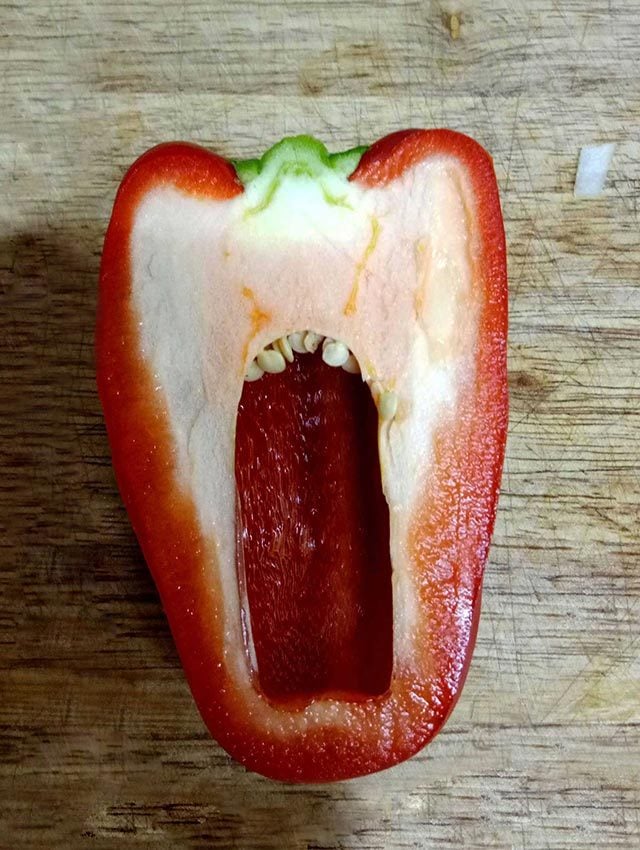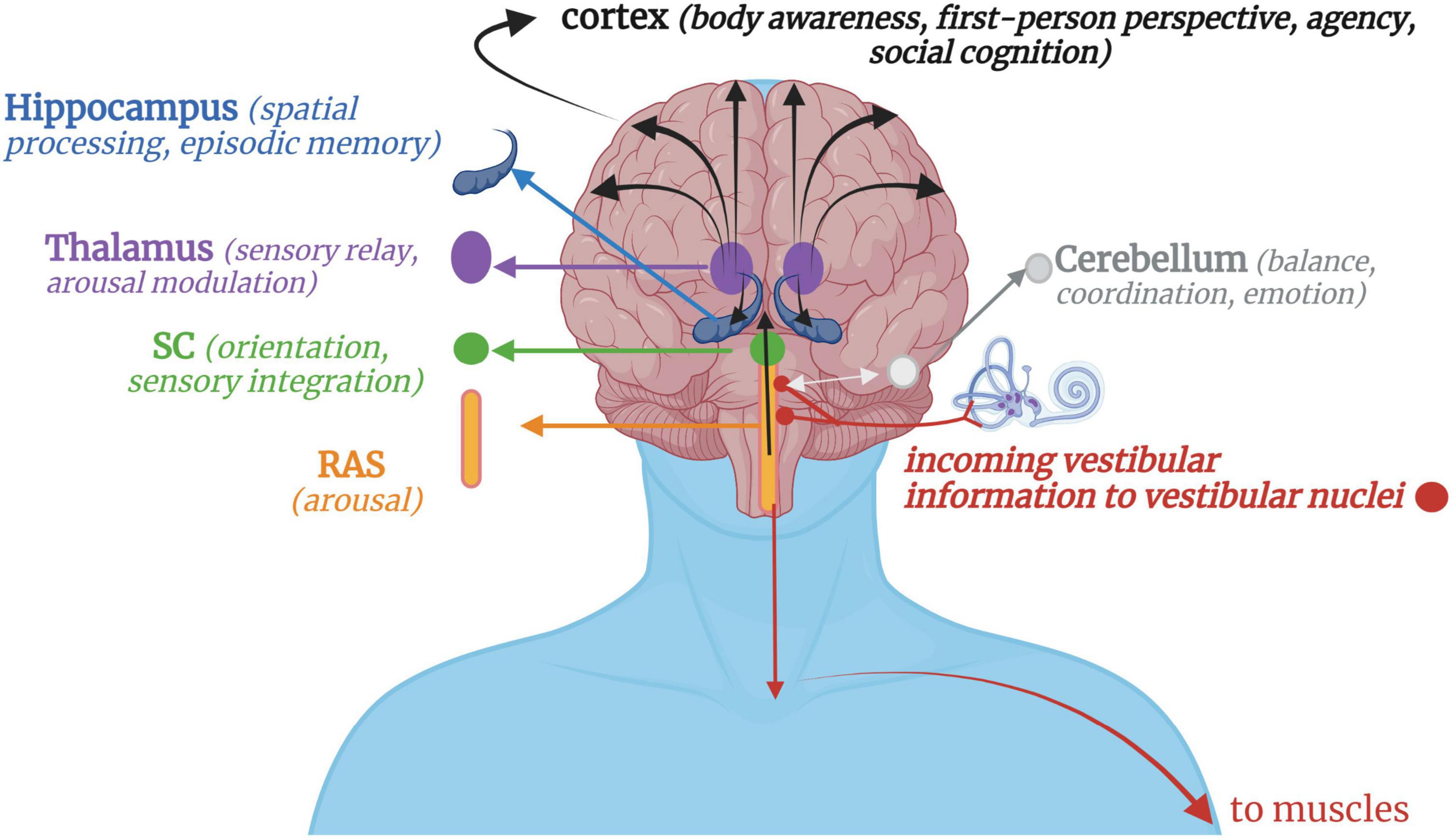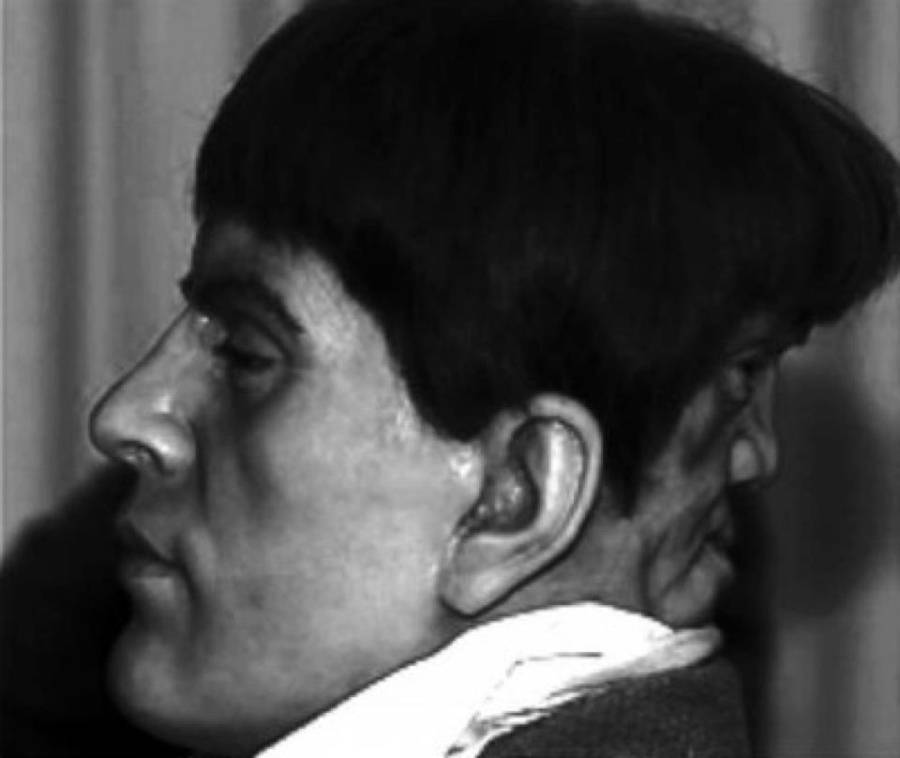
Why the Brain Is Programmed to See Faces in Everyday Objects
Face pareidolia, the phenomenon of seeing facelike structures in inanimate objects, is a perceptual phenomenon that occurs when sensory input is processed by visual mechanisms that have evolved to extract social content from human faces.
Neuroscience News provides research news for neuroscience, neurology, psychology, AI, brain science, mental health, robotics and cognitive sciences.

Pareidolia - Wikipedia

Neuroscience: why do we see faces in everyday objects?

See faces in the clouds? It might be a sign of your creativity

How Pareidolia Can Be Used For Creative Photography

Visual Neuroscience News - Research Topics - Page 23 of 54 - Neuroscience News

Pareidolia Is Why You See Faces in Everyday Things

Pareidolia: The science behind seeing faces in everyday objects

Frontiers The brain-body disconnect: A somatic sensory basis for trauma-related disorders

Research Social Vision Lab

Why your brain is hard-wired to see faces - People News
Study of face pareidolia reveals gender bias in the way we see faces in everyday objects - ABC News

Brains The Smithsonian Institution's Human Origins Program



/https://tf-cmsv2-smithsonianmag-media.s3.amazonaws.com/filer/63/ce/63ce643e-9c2a-4339-9f18-307b8136f9c5/dsc_0058_2.jpg)
)



